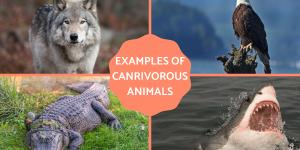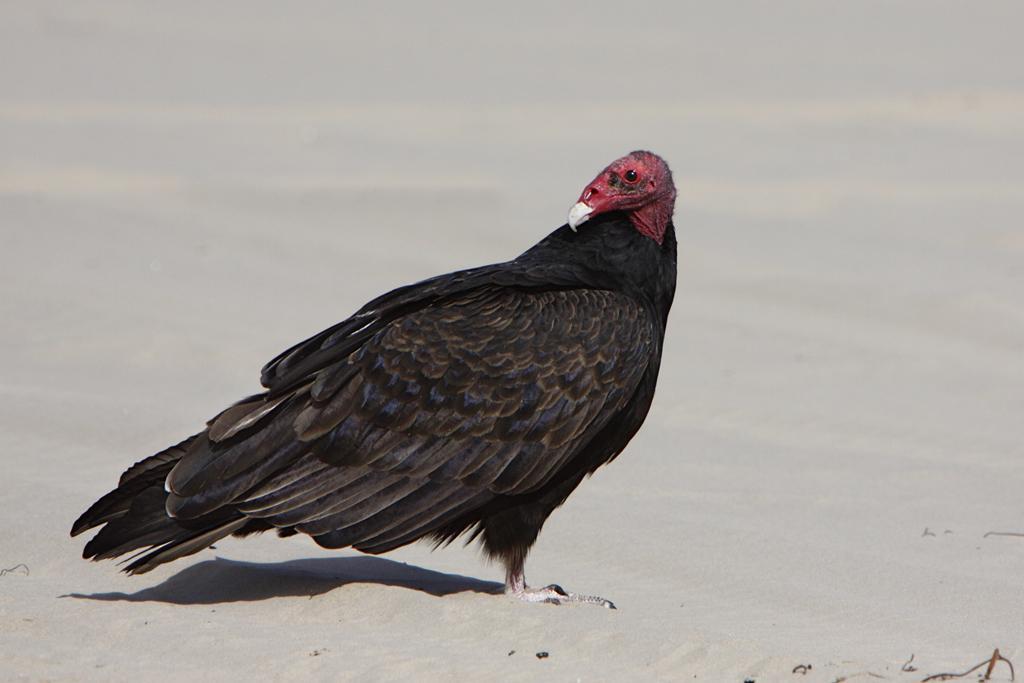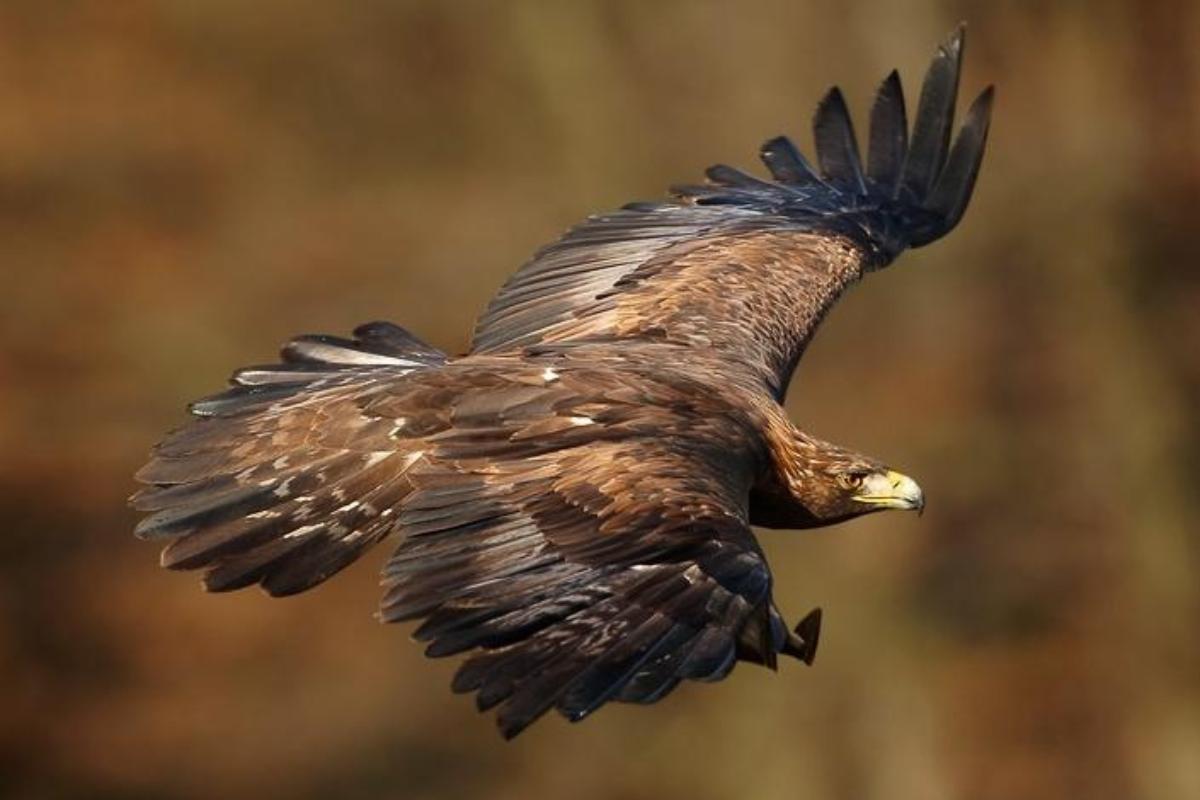Diurnal Raptors - Examples and Characteristics


Also known as diurnal birds of prey, diurnal raptors are a large group of animals belonging to the order Falconiformes. This order is made up of more than 309 species. They differ from the nocturnal raptors that belong to the order Strigiformes due to their diurnal habits, but this is not the only difference. The shape of their body and their style of flight also greatly differ.
In this AnimalWised article, we will learn everything you need to know about diurnal raptors. We provide examples of different diurnal bird of prey species, as well as their characteristics and other fun facts.
- Characteristics of diurnal birds of prey
- Differences between diurnal and nocturnal raptors
- Examples of diurnal raptors
- Turkey vulture (Cathartes aura)
- Golden eagle (Aquila chrysaetos)
- Northern goshawk (Accipiter gentilis)
- Eurasian sparrowhawk (Accipiter nisus)
- Lappet-faced vulture (Torgos tracheliotos)
- Secretarybird (Sagittarius serpentarius)
- More examples of diurnal raptors
Characteristics of diurnal birds of prey
The group of birds known as diurnal raptors is relatively heterogeneous, meaning they often do not look very similar. However, there are certain key characteristics of diurnal raptors which they all share:
- Cryptic plumage: they present a type of plumage that allows them to blend in exceptionally with their environment.
- Claws: their claws are strong and very sharp, allowing them to catch their prey, hold them down and tear the meat away. Sometimes their feet are feathered to protect themselves if they live in cold climates.
- Beak: they have a curved and sharp beak that they use mainly for tearing and cutting prey. The size of the beak varies depending on the species and the type of prey animal they hunt.
- Vision: their sense of sight is very acute, about ten times greater than that of a human being.
- Smell: some diurnal raptors, such as vultures, have an extremely developed sense of smell. This enables them to detect decomposing animals several miles away.
Learn more about carrion-eaters with our article on types of scavenger animals.
Differences between diurnal and nocturnal raptors
Both diurnal and nocturnal raptors have common characteristics, such as sharp claws and beaks. However, there are certain characteristics which can be used to differentiate between them:
- Nocturnal birds of prey have a more rounded head, allowing them to better perceive sound.
- Another characteristic that distinguishes nocturnal and diurnal birds of prey is that they can share space, but not time. When the daytime raptors go to their resting place, the nocturnal raptors begin their daily routine.
- The vision of nocturnal raptors is adapted to darkness, allowing them to see in near-total blackness. The diurnal raptors have an excellent sense of sight, but they need more light.
- Nocturnal raptors are capable of detecting the slightest sound thanks to the physiognomy of their ears, placed on both sides of the head with one higher than the other.
- The feathers of nocturnal raptors are different from those of daylight raptors because they have a velvety appearance that serves to reduce sound during flight.

Examples of diurnal raptors
The group of diurnal raptors is made up of more than 300 different species. Although we can't share all of them in depth, we can look at examples of some of the most representative:
1. Turkey vulture (Cathartes aura)
The turkey vulture is what is known as a ‘new world vulture’, meaning it belongs to the Cathartidae family. Their populations extend throughout the American continent with the exception of northern Canada, although their breeding areas are limited to Central and South America. It is a scavenger animal. It has black plumage and a red and featherless head. Their wingspan is 1.8 meters. It lives in many different habitats, from the Amazon rainforest to the Rocky Mountains.

2. Golden eagle (Aquila chrysaetos)
The golden eagle is a cosmopolitan bird. It is found throughout the Asian continent, Europe, parts of North Africa, and the western United States. This species occupies a wide range of habitats from sea level to 4,000 meters above sea level. In the Himalayas it has been seen at more than 6,200 meters of altitude.
It is a carnivorous animal with a very varied diet. It can hunt mammals, birds, reptiles, fish, amphibians, insects, and also carrion. Their prey does not usually exceed 4 kilograms in weight. They often hunt in pairs or small groups.
Learn more about raptors with our guide to the different types of eagles.

3. Northern goshawk (Accipiter gentilis)
The northern goshawk inhabits the entire northern hemisphere of our planet, with the exception of the polar and circumpolar zones. It is a medium-sized raptor, with a wingspan of about 100 centimeters. It is characterized by barring of black and white across its belly. The dorsal part of its body and wings are dark gray. It inhabits forests, preferring areas near the forest edge and clearings. Its diet is based on small birds and small mammals.
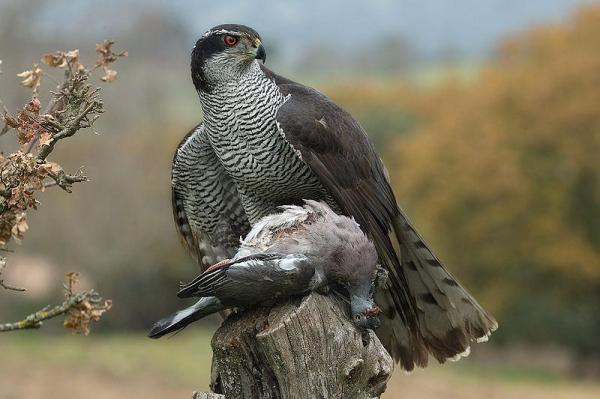
4. Eurasian sparrowhawk (Accipiter nisus)
The Eurasian sparrowhawk inhabits many regions of the Eurasian continent and North Africa. They are migratory birds. In winter they migrate to southern Europe and Asia, returning to the north in the summer. They are solitary birds of prey, except when they nest. Their nests are placed in the trees of the forests where they live, near open areas where they can hunt small birds.
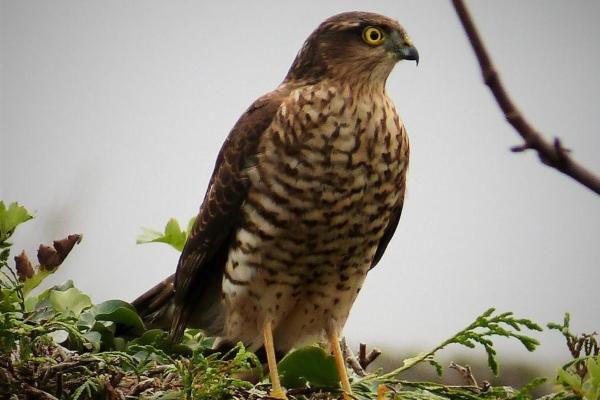
5. Lappet-faced vulture (Torgos tracheliotos)
The Lappet-faced Vulture or Nubian Vulture is an endemic species of Africa that is in danger of extinction. In fact, it has already disappeared from many regions that it used to inhabit.
Its plumage is brown and it has a larger, harder and stronger beak than other vulture species. This species lives in dry savannahs, arid plains, deserts, and open mountain slopes. It is mainly a scavenger animal, but it is also known for hunting small reptiles, mammals or fish.

6. Secretarybird (Sagittarius serpentarius)
The secretarybird is found in sub-Saharan Africa with a habitat ranging from southern Mauritania, Senegal, Gambia, and northern Guinea eastward to southern Africa. It lives in grasslands such as open plains to lightly wooded savannas, but is also found in agricultural and sub-desert areas.
It feeds on a wide variety of prey, mainly insects and rodents, but also mammals, lizards, snakes, eggs, young birds and amphibians. The main characteristic of this bird is that, despite the fact that it flies, it prefers to walk. In fact, it does not hunt its prey from the air, but hits it with its long, strong legs. The species is considered vulnerable to extinction.

More examples of diurnal raptors
While we have provided some examples of diurnal birds of prey, you may want to know the names of some others:
- Andean condor (Vultur gryphus)
- King vulture (Sarcoramphus papa)
- Iberian imperial eagle (Aquila adalberti)
- Spotted eagle (Clanga clanga)
- Eastern imperial eagle (Aquila heliaca)
- Tawny eagle (Aquila rapax)
- Verreaux's eagle (Aquila verreauxii)
- African hawk-eagle (Aquila spilogaster)
- Cinereous vulture (Aegypius monachus)
- Eurasian griffon vulture (Gyps fulvus)
- Bearded vulture (Gypaetus barbatus)
- Indian vulture (Gyps indicus)
- White-backed vulture (Gyps africanus)
- Osprey (Pandion haliaetus)
- Peregrine falcon (Falco peregrinus)
- Common kestrel (Falco tinnunculus)
- Lesser kestrel (Falco naumanni)
- Eurasian hobby (Falco subbuteo)
- Merlin (Falco columbarius)
- Gyrfalcon (Falco rusticolus)
Learn more about diurnal and nocturnal raptors with our guide to carnivorous birds of prey.
If you want to read similar articles to Diurnal Raptors - Examples and Characteristics, we recommend you visit our Facts about the animal kingdom category.
- BirdLife International 2016. Accipiter gentilis. The IUCN Red List of Threatened Species 2016: e.T22695683A93522852.
- BirdLife International 2016. Accipiter nisus. The IUCN Red List of Threatened Species 2016: e.T22695624A93519953.
- BirdLife International 2018. Cathartes aura. The IUCN Red List of Threatened Species 2018: e.T22697627A131941613.
- BirdLife International 2016. Sagittarius serpentarius. The IUCN Red List of Threatened Species 2016: e.T22696221A93549951.
- BirdLife International 2017. Torgos tracheliotos (amended version of 2016 assessment). The IUCN Red List of Threatened Species 2017: e.T22695238A118631696.
- Ferrer, J. I., & Llopis, F. J. (2015). Raptors in the Science Park. Science Park. Ministry of Education Junta de Andalucía.


